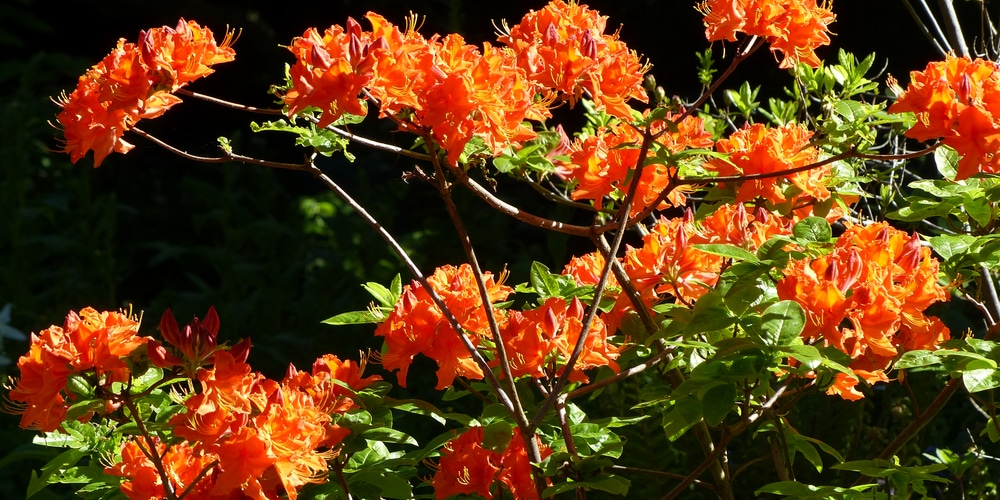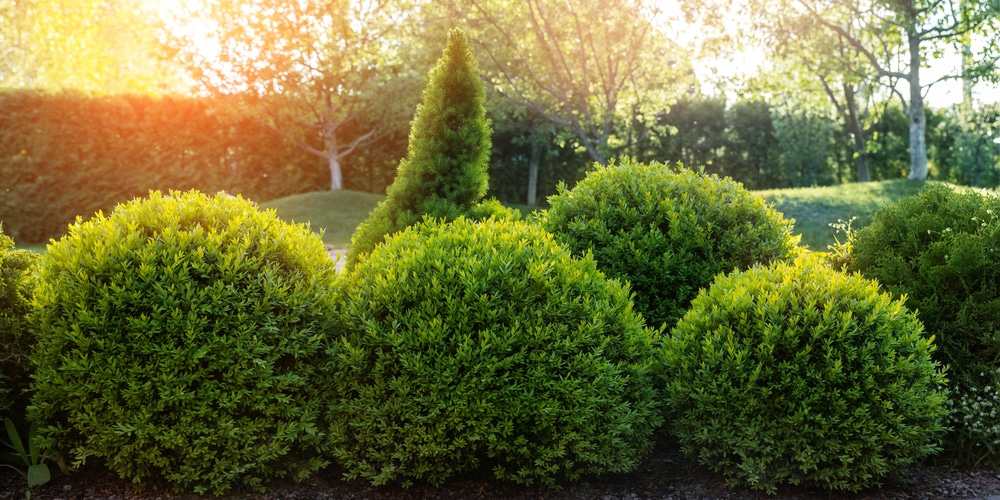If you live in a Zone 7 area and do a lot of gardening in temperate climate conditions, you’ve probably looked for shade shrubs that will thrive while giving you a lot of design possibilities. Oh, and you also likely want them to be easy to look after, too.
Enter the shade shrubs. A shade shrubs Zone 7 garden offers plenty of variety when it comes to possible choices, provided you do a minimal amount of homework on the specific shrubs you want and the particular climate issues that come into play. and whatever climate issue come into play.
What follows is a brief analysis of how most of it works, focusing on possible varieties and the issues you’ll have to face.
Some Basic Varieties: Zone 7 Shade Shrubs
If you’re in a temperate but warmer Zone 7 area, one of the first plants you should consider is oakleaf hydrangeas. They burst out in late spring with vibrant white flowers, and that initial bloom slowly turns pink as the summer progresses.
They’re native to the southeast US, so if your Zone 7 state is in that area is included, there’s a possibility you may even get a second bloom toward the end of the summer—they really do like the longer growing season that much.
Rest assured, though, that if you’re in a more temperate area, there are still plenty of possibilities. Azaleas are both common and reliable, and you can also go with Spicebush, Mountain Laurel, Mapleleaf Viburnum.
All of these varieties can handle a real winter, and they’ll still give you a colorful bloom that will set off your garden in multiple ways based on your setup choices.
Planting Issues
North or south within Zone 7, you still have to know the planting issues that pertain in general to Zone 7 shade shrubs.
For starters, any shady area is going to be cooler for a longer period of time, especially as you head in and out of winter. That means knowing how to plant is important, too.
The soil will stay moist longer for a longer period of time and that’s just one of several determining factors when you do your garden setup.
Also, keep in mind that these shade areas will be the last to thaw, so that needs to be part of your planting schedule for shade shrubs.
It may sound counterintuitive, but you need to have some tricks in your gardening kit to increase shade when needed. That means using different design ideas, so let’s take a look at how that works as well.
If you haven’t done layering in your garden, you may have some homework to do. You may need to protect your shade shrubs by layering them with taller perennials and climbing plants.
Layering also applies to the levels of shade you set up when using shade shrubs. This is where subtlety enters the picture—you may have several shaded areas that are nonetheless very different, along with a brighter area that you can use to draw the eye and impress visitors.
As you do your layering, consider the amount of stress you’re putting on the different shade shrubs.
While shade shrubs tend to be able to handle a lot of stress, it’s important to know the upper limit for all the varieties you’re considering and stay within those limits.
You can add different structures to your garden area to do this as well, and once you get the hang of how it works the only limit you’ll have is your imagination.
It’s just as important to know the specific growing conditions when you do your planning, though.
Consider the basics first—the size of the planting space, how much cold hardiness you need in your shade shrubs, the light levels in different parts of your space, and basic soil conditions.
Once you have those elements solidly in place, You may also want to consider the use of containers when you plant a shade shrub garden.
You can use various potted house plants as part of your shade garden to provide contrast, and other normal household items—ceramic pots, decorative statues and so on—can be part of your plan, too.
Start with a robust bedding, then try combining shade shrubs with perennials, annuals, grasses and so on. Remember that it’s going to be tougher to retain soil fertility, so make a list of the different levels you’re going to need and their specific locations as you lay out your garden.
Zone 7 Shade Shrubs: Conclusion
Remember that you’ve just entered a different world when you start to work with shade shrubs, and there’s a learning process involved.
Mastering it will reward you with a beautiful garden that’s full of warmth, subtlety and vibrant shades and colors, so be sure to commit to stay the course when you enter the world of shade shrubs.

